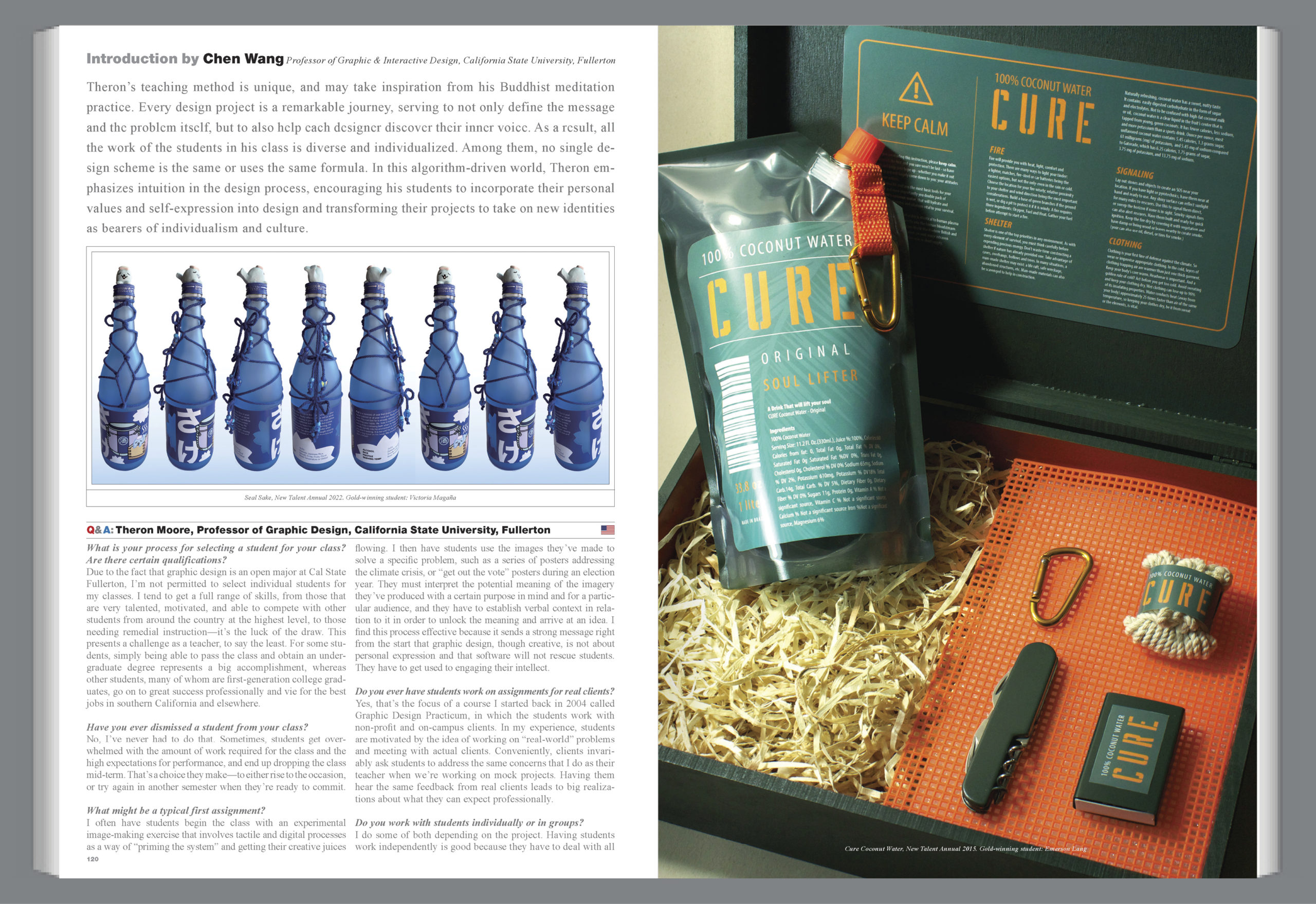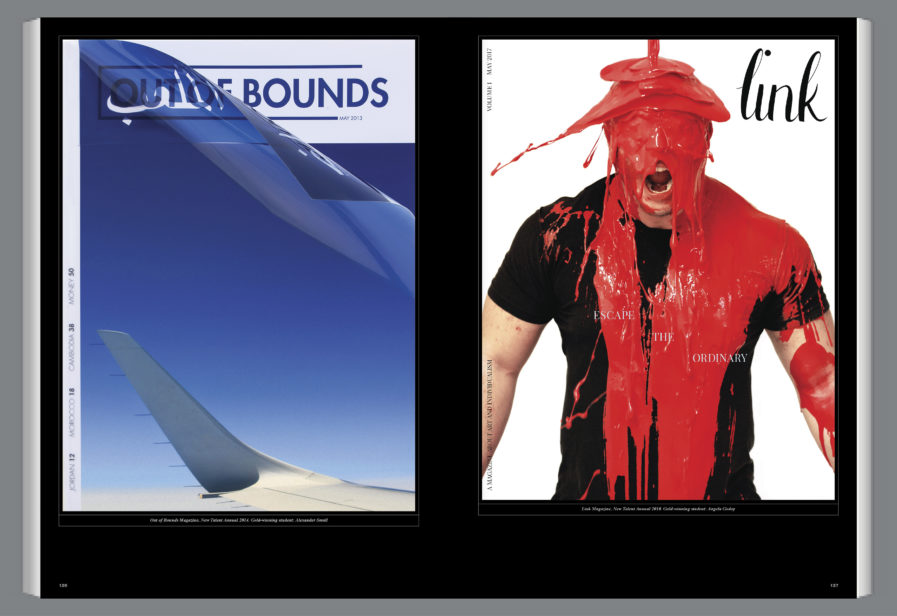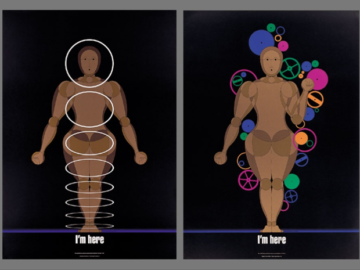“Students often come into class thinking that graphic design is about making cool stuff, and when they’re faced with the fact that it’s actually a matter of interpreting and delivering information, a big change takes place. Students end up adjusting their whole understanding of what it means to be a graphic designer when they realize that design is a service industry.”
Theron Moore studied graphic design at Penn State under Kristin and Lanny Sommese, to whom he is forever grateful. He now teaches at California State Fullerton, where his students have launched design careers with companies such as Apple, Atlantic Records, Disney, Google, Oakley, Pentagram, The New York Times, Vans, and Warner Bros. His work has appeared in the Brno International Biennial of Graphic Design, Communication Arts Type Annual, Print Regional Design Annual, and Graphis Poster Annual.






